
Index:
UPDATED ✅ Do you want to make an Arduino wearable project and are you looking for one? ⭐ ENTER HERE ⭐ and Learn Everything FROM ZERO! ✅
Arduino is classified as one of the most influential hardware and software development companies in the world. Which has been essential in the maker movement that represents a great extension of the DIY culture. Because, in addition to providing different models of printed circuit boards, we also It has its own IDE Y a great community that tirelessly develops different projects.
Therefore, Arduino It is characterized by being the main base for both simple projects and the most advanced ones. Therefore, in addition to offering numerous electronic and robotic alternatives, it has also delved into wearable technology. Being this, a great milestone of the scientific revolution that managed to open a new personal universe.
In that sense, today various wearable projects with Arduino are known that you can make yourself in order to get a powerful device without investing a lot of money. Therefore, in this post, we will focus on explaining What are wearable projects about and which have been the best developed by Arduino?until now.
What is a Wearable and what are these projects for?
Translated into Spanish, wearable means “wearable” or “wearable” and this term applied to the field of technology, acquires the meaning of “wearable or wearable technology”. In this way, it consists of a project based on small devices that are incorporated into the human body and continuously interact with some part of itin order to carry out some specific function.
In this way, for example, these smart watches or bracelets, shoes, belts, glasses, rings, headphones, t-shirts or socks that emerge as wearable projects, they serve to control the state of health of the user, basically. Whether it is based on measuring the pulse, computing the heart rate, showing the feeling of well-being or you are, counting the hours you sleep, etc.
Which is very helpful and reveals some advantages, such as:
- They are capable of capturing some physical magnitude around the human body or the world that surrounds the user to convert it into digital data that can be displayed, stored and controlled.
- Makes daily life easier of all its users.
- It is a technology that provides great comfort because it has a small size and goes “united” to the person’s body.
- admits an optimal level of customizationaccording to the needs of each user.
- As usual, group different tools in a single device. Whether for work, communication, health and leisure.
On the other hand, it is necessary to limit that wearable projects are possible thanks to the fact that incorporate a microprocessor together with specific sensors and a GPS system from which these devices manage to determine the position of the user and also connect to a computer or smartphone to be controlled through wireless technologies (Bluetooth or Wi-Fi).
List of the best 10 wearable projects with Arduino that you can make yourself
We have reached the section in which we will show you various wearable projects with Arduino which are quite interesting. But, before mentioning each one of them, we want to emphasize that, to consider a quality wearable project, it is valuable to pass three essential requirements of this technology.
Which are:
- The size: To set a device as wearable, it is essential that it has a small size to be able to integrate it into the human body or into clothing. Therefore, small enough Arduino boards are needed to achieve this.
- A complete integration: In addition to meeting the requirement based on minuscule size, it is also essential that the device can be easily integrated with traditional clothing. Since, for example, the plate Arduino Nano it’s small, but it’s hard to integrate that way.
- a low consumption: It is also relevant to use an Arduino board whose consumption is as low as possible. Which means that wearable projects they have to take advantage of the evolution of batteries. Well, it is not practical to build such a bracelet that requires a car battery as a power source.
Now, having clarified all of the above, we proceed to specify which are the 10 best wearable projects that can be created from Arduino to maximize the DIY culture (“do it yourself”):
Wireless portable heart rate monitor
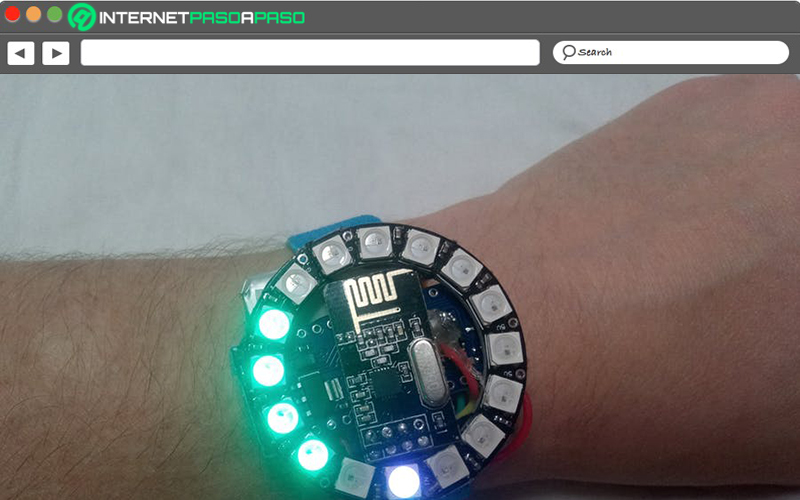
It’s based on a cardiac monitoring project that is “wearable”, because it is worn directly on the wrist (like a kind of watch) and is wireless. In this way, it works when running, walking, driving the car, etc. Taking into account that, in addition to measuring data and calculating BPM in real time, it also has the ability to transmit all this information through a radio protocol which is compatible with the generic nRF24 chip.
On the other hand, to be able to implement it, it is necessary to buy an Arduino Nano R3 board, a uEGG device to measure the actual BPMa generic nRF24 module to save money, a LiPo battery or any battery with more than 200 mAh capacity and an Adafruit NeoPixel ring. In addition to, a generic soldering iron and the Arduino IDE to be able to program the system.
Indicator jacket for cyclists
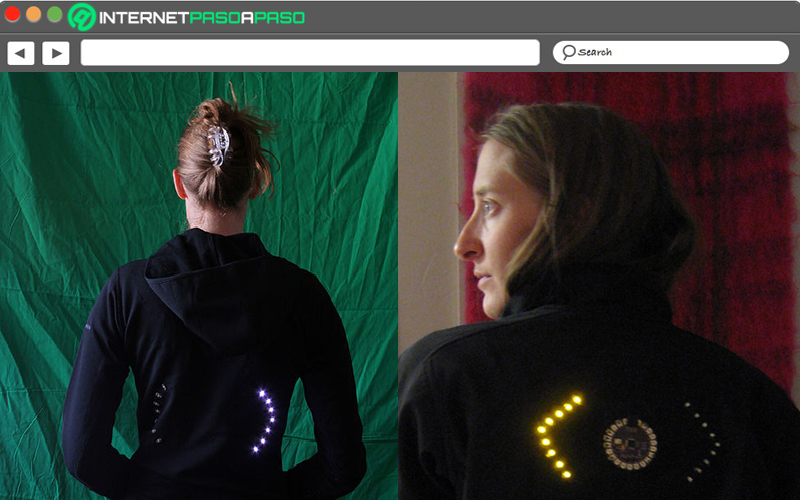
It refers to a jacket with lights that can indicate the direction that a given cyclist is going to take so that other cyclists or cars are aware of your movements, in order to acquire greater security. This was implemented through a special Arduino board that is known as “Lily Pad” and is designed to be easily integrated into any garment. Thus, the best Arduino alternative for Wearables for a cost that does not exceed 30 euros.
In that sense, in order to create this jacket, the LilyPad plate must be sewn and integrated into the jacket and, thanks to the fact that it is specially prepared for this, it’s not uncomfortable. Among other details, it should be noted that there is the possibility of program the garment in the Arduino IDE with a specific code provided by the designer, to load it into the LilyPad. Thus, you can decide the behavior you want for this jacket, customize its flashing patterns, etc.
For its part, The materials needed to carry out this project are: a LilyPad Arduino board, a LilyPad power supply, a mini USB cable, an FTDI connector, a spool of four-layer conductive thread, and two pushbutton switches. Also, 16 LilyPad LEDs, the jacket on which to work, two needles, a pair of scissors and a sewing machine (optional).
Smart assistant for the elderly
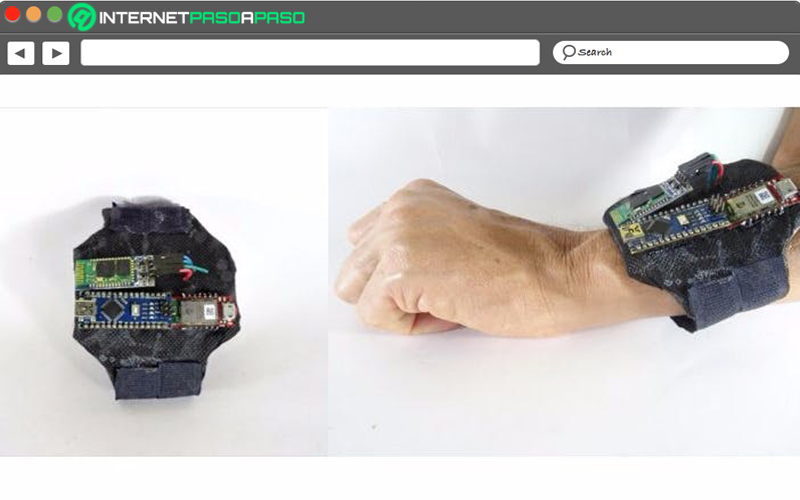
It refers to a virtual assistant that can be adjusted around the arm in the form of band, just like wearing a bracelet. Which, mainly, was designed for Alzheimer’s patients and the elderly in order to help them to cross the obstacles of their daily life independently. Thanks to that, it will prevent them from having serious accidents when they lose their balance because the wearable device is able to detect a sudden drop in pressure in order to alert relatives and not let the injury worsen.
Added to that, encourage older people to exercise constantly, motivating them by showing them the time they have walked and the number of steps they have taken. Even this smart assistant in the form of a bracelet achieves measure the temperature of people to alert others if you have a fever, for example. In addition, it shows the relatives the state of the old man; whether he is awake, sleeping or exercising.
To create such wearable equipment, the materials used are the following: An Arduino Nano R3 board, the Infineon DPS310, Espressif ESP8266 ESP-01, a 3.7V LiPo battery, and several jumper wires that may be generic. Additionally, in terms of software, the Arduino IDE and an application known as “Blynk” are required.
color ring
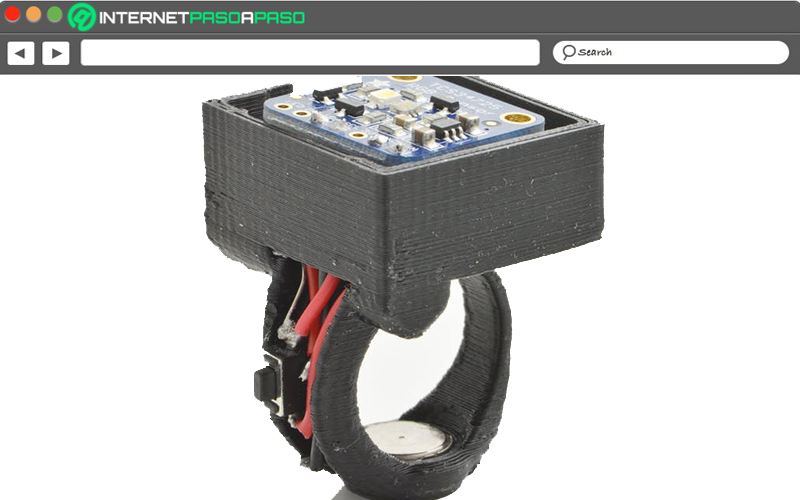
It refers to a ring that has the ability to measure light intensity and ambient color to display it from three available outputs. That is, these measurements are presented by three colors (red, green and blue) that emit three vibrations directly from the motor. Thus, an intelligent system that manages to activate when each user presses the indicated button and this, Ideal for conserving wearable device battery life designed to fit like a ring.
In order to build a comfortable device for people, it is recommended to use use of the Arduino Pro Mini board, since it has a tiny microprocessor. Also, you need to buy the following supplies to implement the project with total quality: a 100mAh Li-Ion battery, a BS170 Mosfet semiconductor, an Adafruit RGB sensor, a 100 ohm resistor, a push button, a 3D printer and a soldering iron.
Ultimate Cough Recognition Bracelet
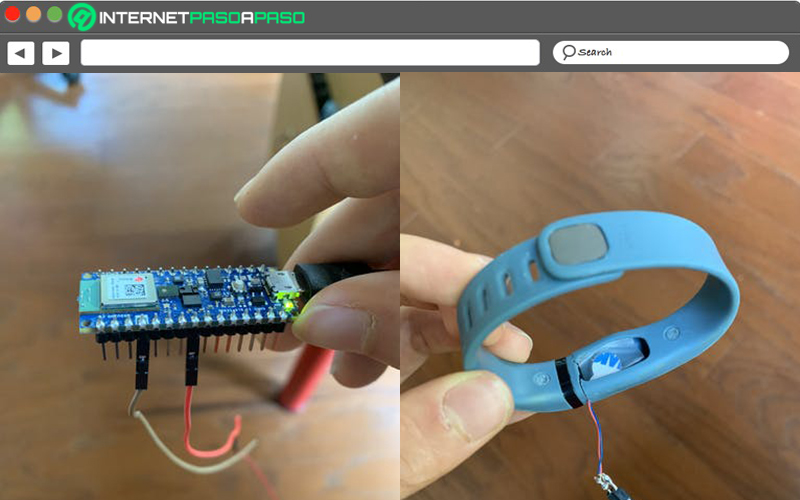
In this case, takes care of recognizing the cough so you can stay away from it at all times. Thus, mainly, this project It is characterized by being wearable, comfortable and lightas well as, for providing different functionalities in a practical way and for teaching individuals to be more aware of their surroundings.
In this case, Various materials are also required, which are: An Arduino Nano 33 BLE Sense board, an Adafruit vibration motor, an Android or Apple smartphone, jumper wires (generic), a rubber case, string, and a soldering iron.
Apart from that, this project requires the use of the Arduino IDE and, at the same time, of nRF Connect and Edge Impulse Study services. This, in order to program the cough recognition bracelet correctly. Fortunately, both the Arduino software and the nRF Connect can be downloaded for free and, likewise, the Edge Impulse Study is an online service that allows you to open an account without any cost.
back to the future sneakers
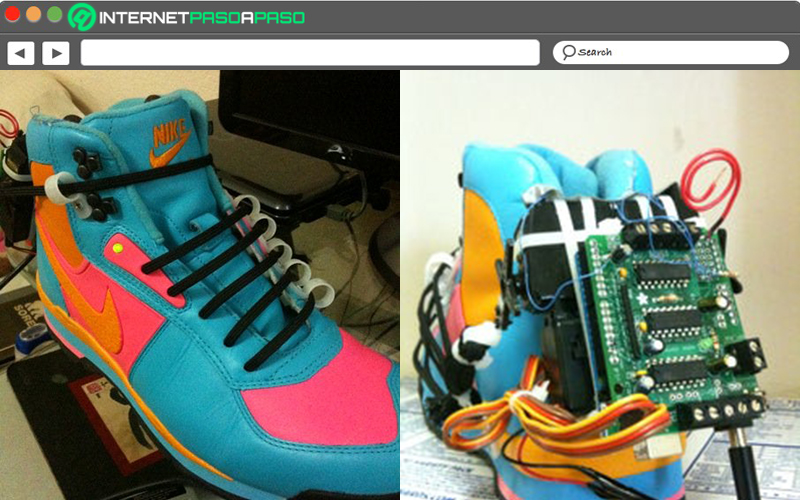
Certainly, it is a project that, although it is not completely wearable, it is wearable by people and is of great interest for what it manages to do. Given that they consist of slippers that add motors and have the ability to tie themselves. Thanks to the fact that, through a force sensor that manages to read the pressure of the foot, two servomotors are activated that apply tension to the laces and manage to adjust the shoe. For which reason, they are known as “back to the future sneakers”.
To carry out this project from the hand of Arduino, a board of this type is required that use the “Duemilanove” motor protector, as well as, a high and padded shoe with a loose interior, a force sensor, two servomotors, an LED, a pair of resistors and a metal sheet approximately 4×4. As well as, insulated copper cable, a 9-volt box with a switch and a built-in battery clip10 1/8” braided nylon paracord and 1/2” plastic cord loops to organize cords.
Wireless MIDI Glove

It consists of a glove that contains a Bluetooth system by means of which it can encode the movement of the fingers in MIDI signals in order to simplify manipulation of audio parameters via MIDI protocol. Taking into account that a Python GUI is in charge of creating a virtual MIDI port for synthesizers. Also, glove employs pressure sensors at the fingertips with which he creates notes and volumes to be transmitted to any computer via Bluetooth.
Now this wearable project that you can build yourself, It is based on an Arduino MKR Zero board. and also requires other supplies such as: a Bluetooth Low Energy (BLE) module, a SparkFun Flex sensor, a 170-pin breadboard, a generic soldering iron, and a circular force sensor (FSR402). On the other hand, it should be noted that by means of “create.arduino.cc” it is possible to obtain the circuit diagram with which it will be easier to create this wearable device.
The RFID reading ring
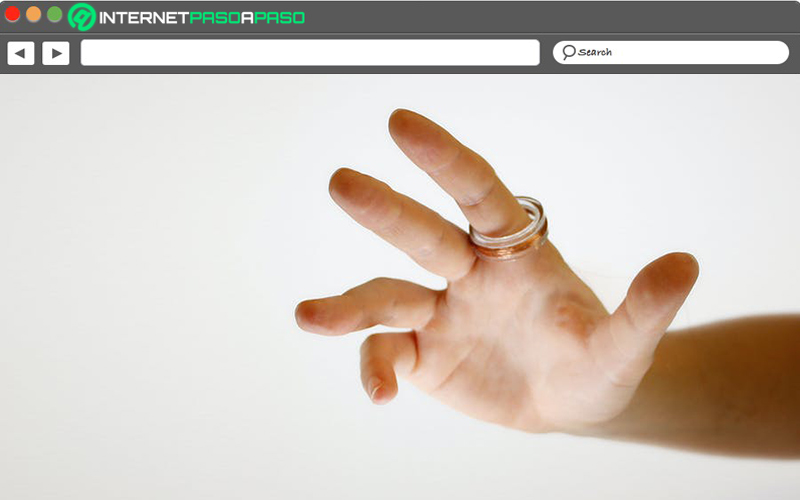
This is basically a ring that promote tangible presentationsthanks to the fact that it works through a presentation system that has the necessary functionality to control the slides while the user walks around the stage they are on. Taking into account that, it manages to do it without the need to press anything, because this control is based on pick up certain objects and in the movements it makes.
In this way, it provides a new way of making presentations and/or exhibitions that make it a more intuitive and usable idea, to enhance the experience for all presenters. So, as a result, this ring will give a more interesting presentation than is based on how each user speaks and, at the same time, in how he goes through the area in which he is and how he takes the objects.
Thanks to this, it will not be necessary to resort to other systems that, despite being traditional, for many people they are tedious and boring. Now, to carry out this idea as a wearable device, the following is required: an Arduino Mega 2560 board along with the Arduino IDEa Microsoft Kinect sensor, a ring of your choice, and a generic RFID reader (considering that the antenna must have the same diameter as the ring to be used, approximately).
The glasses that protect the eyes from the intensity of light
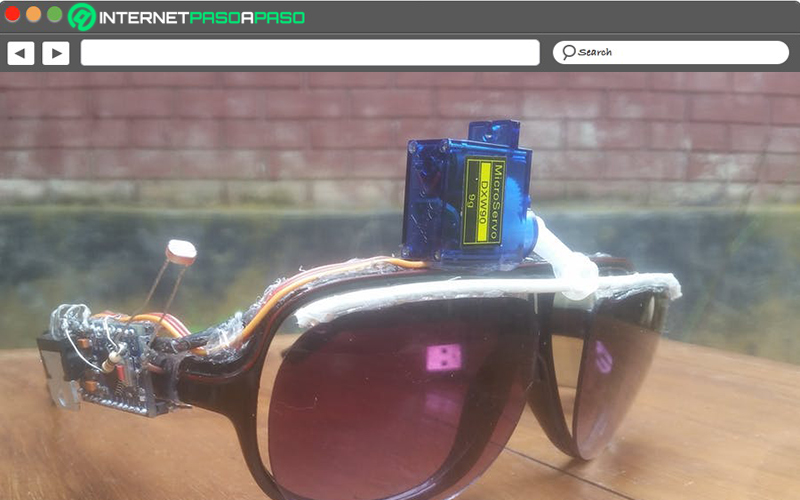
These are a pair of sunglasses that, as well as having the ability to detect light intensity automaticallyalso manage to protect the human eye from it. Since, they contain a pair of curtains that can be opened to get real-time viewing in low light.
In this case, to build this project, you must have the following materials: an Arduino UNO boardservos (Tower Pro MG996R), a 10k ohm resistor, an LDR or light dependent resistor, a pair of sunglasses of your choice, a 5V/1A power supply, and various electronic parts from the UTSOURCE pack, as well as the Arduino IDE.
Computing